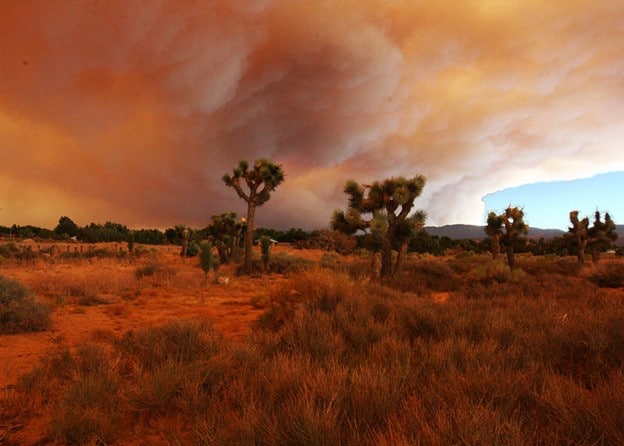Commentary: California needs clean, healthy and safe local energy systems – microgrids | CalMatters
To secure a healthier, climate-friendly solution, we must first understand a major failing of our current system: because private utilities can profit from building a vast network of transmission lines, they are not motivated to pursue cleaner, modern solutions that could reduce the need for those lines.
Relying on long-distance transmissions lines makes electric service less dependable, allows for delivery of high-carbon electric power, and increases the risk of wildfire.
For all of these reasons, we should reduce our reliance on expensive long-distance transmission infrastructure by using locally generated clean power from “microgrids.”
To secure a healthier, climate-friendly solution, we must first understand a major failing of our current system: because private utilities can profit from building a vast network of transmission lines, they are not motivated to pursue cleaner, modern solutions that could reduce the need for those lines.
Relying on long-distance transmissions lines makes electric service less dependable, allows for delivery of high-carbon electric power, and increases the risk of wildfire.
For all of these reasons, we should reduce our reliance on expensive long-distance transmission infrastructure by using locally generated clean power from “microgrids.”




